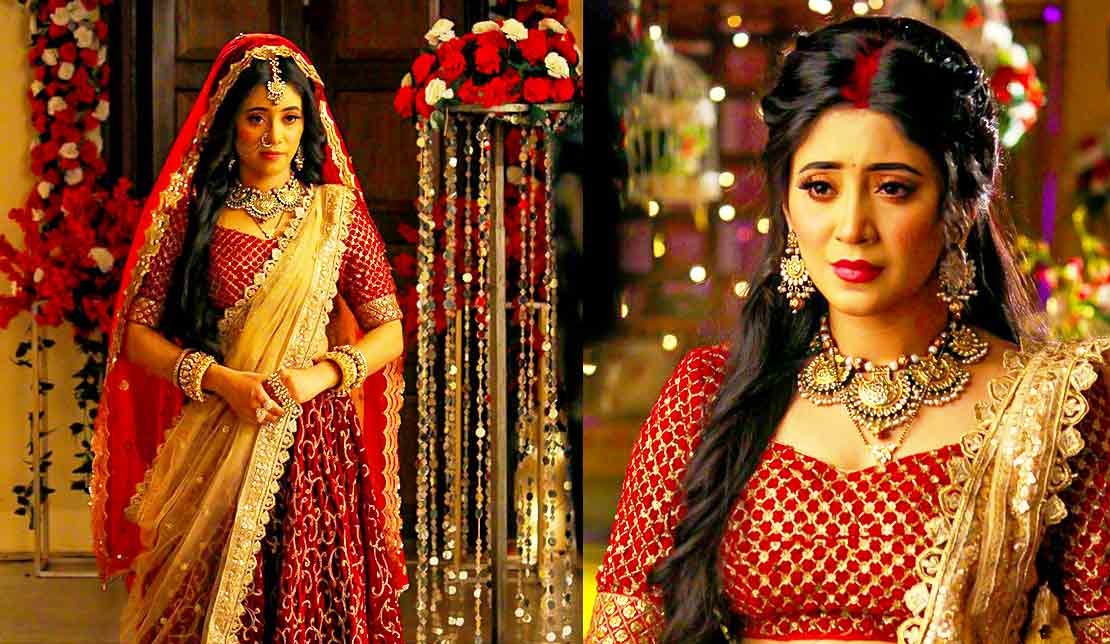Portrayal Of Women In Mass-Media Society! Are They Actually Reflecting The Society?

For centuries mass media appear to be the means to inform a huge number of people, influence society and reflect the larger world. With the invention of the printing press, by Gutenberg influential works of writing became possible to send around the world. As the centuries passed, media was able to travel faster, with the use of telegrams and as of the past hundred years, even faster with radio, magazines, television and the internet.
Today, we rely heavily on television, radio and the internet for up-to-date news and entertainment. These forms of mass media influence almost every aspect of the society we live in. Now the term global village has become highly popular. In other words, Movies, or for that matter media in general, are often said to be the reflection of society. Or at least that’s what the majority of people in India consciously or unconsciously tend to believe. While it’s arguable whether the media truly reflects society or not, there’s no doubt that media has a big sociocultural influence on society.
Women's portrayal in mass media or society has always been controversial and in limelight but when properly understood, it is found that women have been objectified differently for centuries and now taking a different shape. News in all forms of media in India is dominated by male subjects. To properly understand the real picture let’s take a brief trip on mass media and women…
Women in Television
Women in Indian television have so far been portrayed in a wrong manner and in most cases, these portrayals are unrealistic. Whether it is an advertisement of cigarette-like “Wills”, in which a half-dressed woman with her male counterpart is seen enjoying the charm of smoking or a soft drink act like “Frooti”, where a woman is quenching her thrust in a semi-nude dress in a “Frooti”, where a woman is quenching her thrust swimming pool are basically the projection of the distorted image of a woman. In most cases in television advertisements, only the sexual signification of a female is being exploited in order to attract viewers. In advertisements like “Slice” (Soft Drink), many types of Deodorant, Body Spray like “Engage” , “Axe”, “Wild Stone” and men's inner garments we can see lusty and vulgar woman character which are not all necessary to portray in this kind of advertisements of male products.
Women in Daily soap
Typical “perfect” housewives of an Indian daily soap with heavy ornamentation and household responsibilities. Apart from advertisements, a typical trend of TV has been observed especially in entertainment programs and soap operas that women are constantly portrayed as over glamorous characters and are presented with over ornamentation either or they are presented as the cautioned who can only look after the internal aspects of their families. Actually, this is the portrayal of women in Indian media.
Women in print media
“Women as Sex Objects and Victims in Print Advertising”, through these processes, issues such as body image issues, the trivialization of domestic violence and sex and new societal ideals come about and are a huge part of society today. It is important to recognize how print media negatively stereotypes women and how this has a profound effect on young women in society. This question of “how women are negatively portrayed in print media” will be answered by analyzing the advertising, content, effects, and response. They each discuss how women are now used to help sell products and are almost always shown in sexy outfits are at least shown as being subordinate to men. In certain cases women are dehumanized and compared to objects, just to appeal to men.
Women in radio
News in all forms of media in India is dominated by male subjects. This is particularly true of radio, with women constituting only 13 per cent of the subjects of news bulletins, according to the Global Media Monitoring Project 2010 (GMMP 2010). However, according to employment figures received in 2012 from the public broadcasting corporation, Prasar Bharati, women constitute only 10 per cent of AIR’s employees (in news and non-news positions).
So it is not surprising that women are not well represented at leadership levels: 28 per cent in senior programme management, 38 per cent in senior administrative posts and none in engineering. Both public and private sector radio may have much to learn from the community radio sector in this respect. Even though it is relatively new in India – officially sanctioned only in 2006 – community radio (CR) has traditionally been inclusive, enabling a range of women (especially poor, illiterate, rural women) to exercise their communications rights.
The latest GMMP survey also found that only about one-third (34 per cent) of the news stories in the Indian broadcast media – radio and TV – were presented by women. The corresponding figure for Asia was considerably higher at nearly half (48 percent). Again, there were marginally more female announcers on television (public and private) than on radio in India.
In recent time
In recent times many advertisements have gone beyond the white picket fence when it comes to the portrayal of women. From objectifying women in cigarette ads in the 80s to making parents realize that even daughters can make them jiyo sar utha ke, woman in Indian advertising has come a long way. Advertisers’ attitudes towards women have changed and changed for the better; the community is more sensitive to how it places women in communication and is paying extra attention to the effect that continuous exposure to such messages will have on viewers and society at large.
Of course, still, there are debates for a better portrayal of women, as there are still some categories like deodorants, washing powders, automobiles, real estate and most of the FMCGs that typecast women. But the fact that there has been a positive change cannot be denied. Examples like KBC give us hope that tomorrow could be a better day.
A few days ago, while watching such a scene from a movie, one of my roommates actually said, ‘This is the reason why a woman should not be given power. She doesn’t know how to use it.’
I recently came across this: ‘The media should refrain from portraying women as commodities and sex objects.’ The media still portrays women as objects showing who in a certain way can catch the attraction of people. It’s very amusing to see a woman in advertisements for products like cement.
Therefore, the media should grow sensible enough in choosing the content and portray women with dignity and respect. It should reflect the real scenario of social, economic, and political society which allows people to know the real picture of the larger society. The ethics of media and its response must not be dis-utilized only for sensitizing the issue to the public.


 By
By
leave a comment